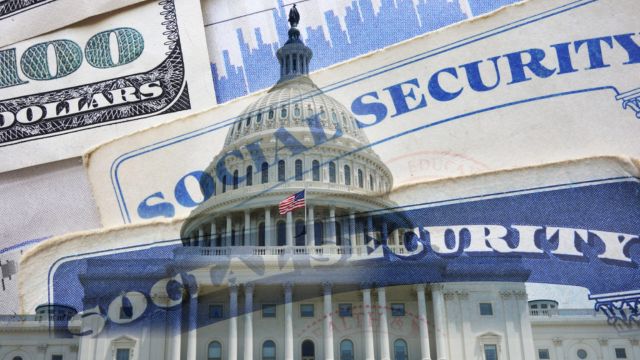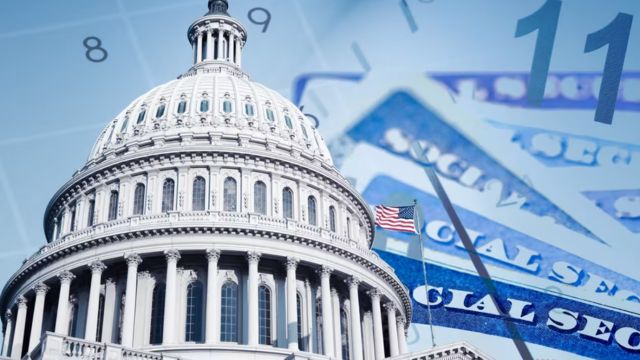Now that the presidential election is over, it is time to examine the impact of policies proposed by President-elect Donald Trump throughout the campaign and how they might affect Americans, particularly those relating to Social Security.
During Trump’s first term in office, no major actions were taken to shore up the program, and while he has promised to protect it, he has not outlined any particular measures to do so. He did highlight two initiatives that could have a negative influence on the program and seniors, rather than aiding them.
Proposals to alter Social Security
Many suggestions have been put forth to try to save Social Security from the impending shortage, which is expected to occur by 2035 at the latest. House Speaker Mike Johnson promised to organize a debt panel last year, but advocates cautioned that it may jeopardize benefits, and it is not the only proposal that has been hastily abandoned. Raising the retirement age or simply lowering benefits have also been proposed, but neither has been adopted.
In reality, Trump emphasized in his campaign that there were other choices to select from. “There is a lot you can do about entitlements, cutting them, as well as theft and poor entitlement administration. There are a vast variety of things you can do.
However, when the public and the media misinterpreted his statement as a promise to decrease benefits, his team clarified that he was talking about the program’s waste. Trump himself stated that he would not raise the retirement age or make cuts, establishing a platform that reads “FIGHT FOR AND PROTECT SOCIAL SECURITY AND MEDICARE WITH NO CUTS, INCLUDING NO CHANGES TO THE RETIREMENT AGE,” but provided no details on how to address the program’s insolvency and accompanying benefit cuts.
Although Trump’s first presidency made some changes to Social Security, Charles Blahous, senior research strategist at the Mercatus Center at George Mason University and a former public trustee for Social Security and Medicare, has stated that, according to nonpartisan Congressional Budget Office data, the changes were negligible despite being touted as saving billions of dollars.
Blahous described what he believes will happen in the second term: “The most likely scenario is to avoid, delay, and evade the problem.” That would increase the likelihood of insolvency in a succeeding presidential term.
Although this seems dreary, it is preferable to the alternative. Another of the announced plans entailed cutting Social Security taxes, which, if enacted, would drain essential tax revenue from the trust funds, causing them to run out of money by 2031, three years earlier than previously expected. It would also impose a roughly 30% reduction in benefits.
His campaign did not spare words in criticizing the Committee for a Responsible Federal Budget, a neutral government watchdog that provided the majority of the data in collaboration with the Congressional Budget Office. Karoline Leavitt, the campaign’s national press secretary at the time, said in a statement at the time that “by unleashing American energy, slashing job-killing regulations, and adopting pro-growth America First tax and trade policies, President Trump will quickly rebuild the greatest economy in history and put Social Security on a stronger footing for generations to come, all while eliminating Social Security taxes for America’s well-deserving seniors.” Furthermore, the watchdog has been “consistently wrong throughout the years.”

According to the Tax Policy Center, the proposed tax cut would benefit individuals earning between $63,000 and $206,000 the most, as they would see the biggest average increase in their share of after-tax income. As is customary, individuals who could benefit from larger paychecks will see no change in their finances, as those in lower income brackets are already not taxed on their benefits.














+ There are no comments
Add yours